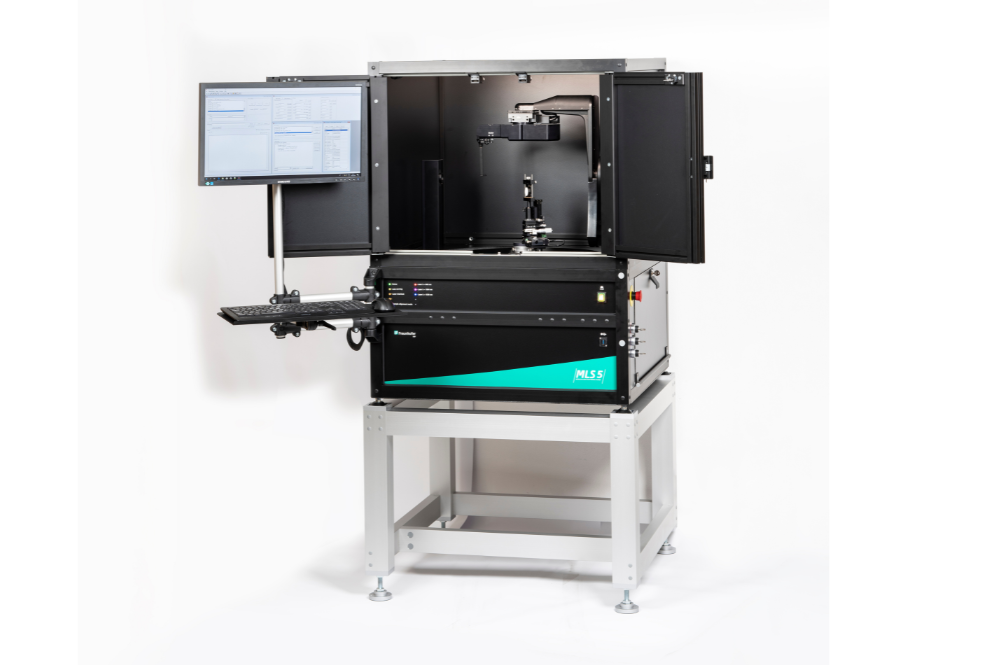Combinative Investigation of Optical Properties and Losses
The rapid evolution of optical technologies imposes ever-higher—and in some cases entirely new—demands on the quality of materials, surfaces, components, and systems. Key drivers include the relentless shrinkage of feature sizes in semiconductor lithography, the need for highly precise free-form optics in astronomy, and the rise of high-power lasers for materials processing.
Across all of these fields, minimizing defects, roughness, scatter-inducing irregularities, and absorption is critical. At the same time, quality-control analytics must be sensitive enough to detect the correspondingly minute losses of precision optics.
We address these challenges by providing ultra-sensitive characterization of optical surfaces and coatings over a broad spectral range—from deep-UV to infrared—using a comprehensive suite of complementary analytical techniques.










